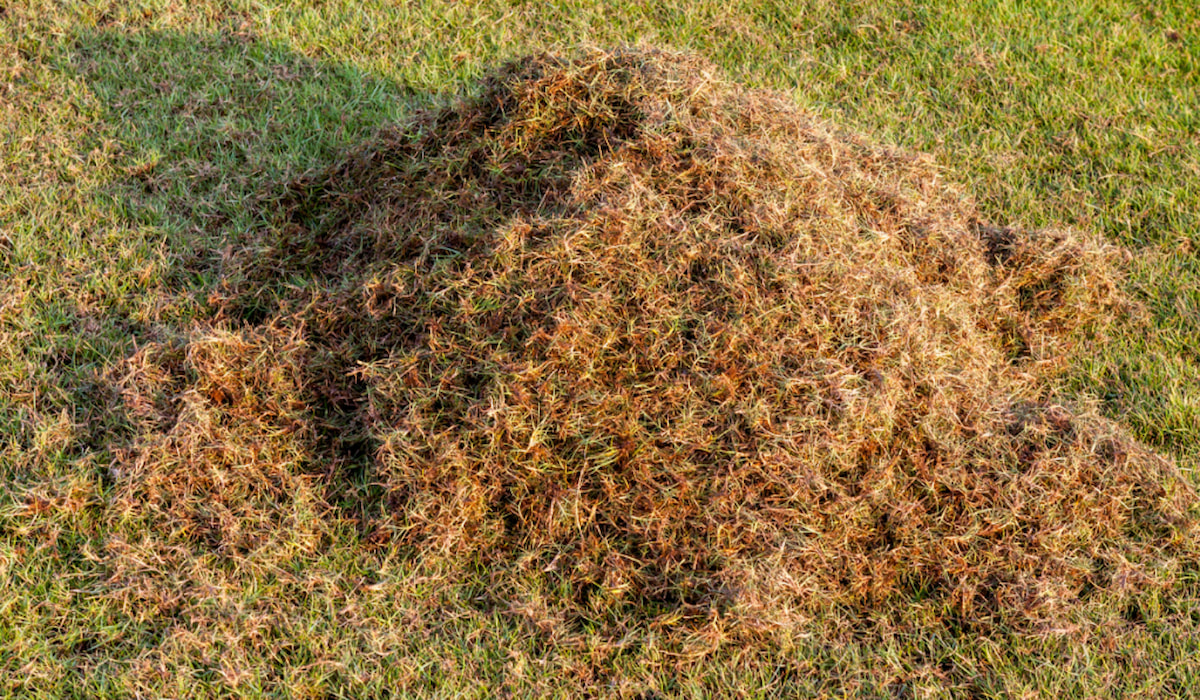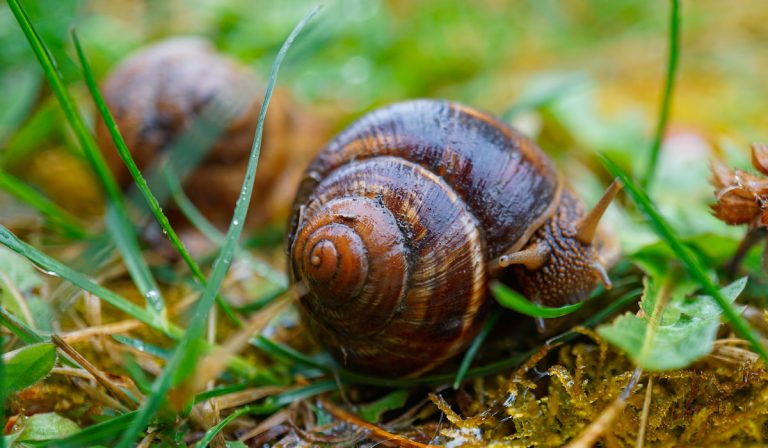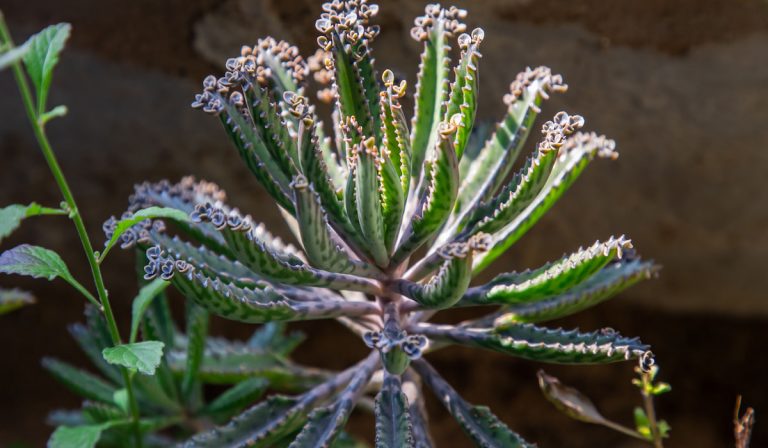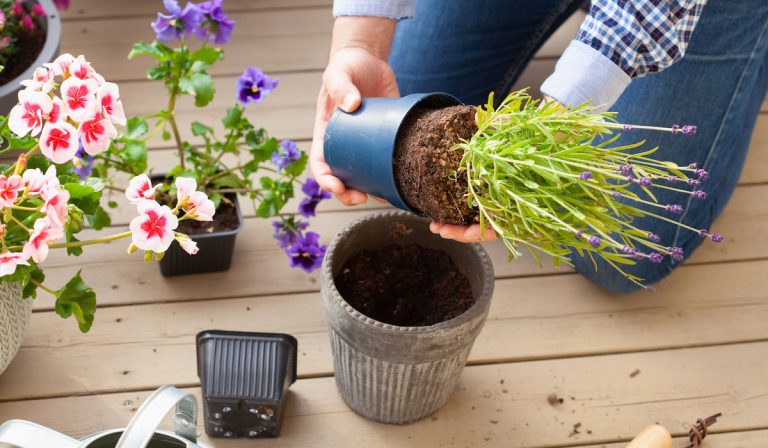9 Tips for Dead Grass Removal
I remember the first home I ever bought. It was a small place with a decent-sized yard. The problem was that the previous owners hadn’t lived in the home for six or so months before I moved in, so there was absolutely no lawn to speak of.
Thankfully, the home had an irrigation system, so I turned on the water to see what would happen.
Never in a million years did I think that I would ever become a yard guy, but once I saw those first green shoots of grass start springing up, something hooked me.
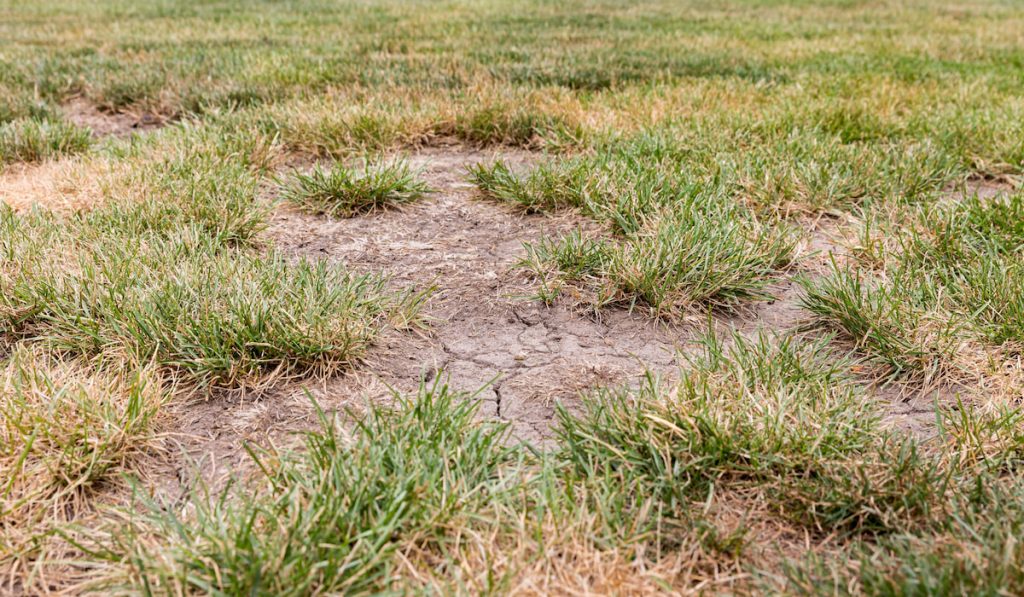
The next thing I knew, I was stopping to pick weeds every time I walked in and out of the house. I looked at the edging closely and admired manicured neighbors’ lawns with envy.
One of the biggest problems I had, aside from all of the weeds, was shoots of dead grass. I lived in a hot area, and the brown, stiff, dead grass had to go. Thankfully, I learned as I went and eventually got all of the dead grass under control.
If you’re struggling with dead grass, there are things you can do to remove it effectively and stop the grass decline from coming back in force or spreading.
Here are 9 tips you can use to remove dead grass from your lawn.
Table of Contents
1. Get the Right Rake for Your Lawn
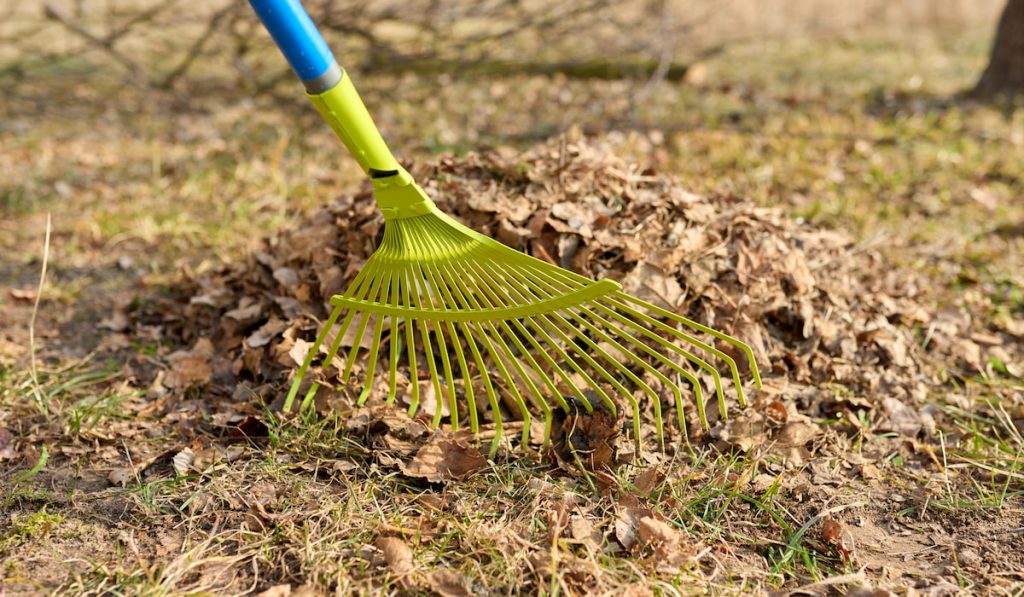
Using the right tools makes getting dead grass out of your yard so much easier.
What’s the best rake for removing dead grass?
With a rigid-tined rake, you can get into the areas with damaged or dead grass and pull it up effectively.
Most of the time, dead grass is in isolated areas where your dog goes to the bathroom or you have some winter damage from snow or something like that. You’ll need to pull all of the dead grass up before you overseed for the best possible results.
2. Choose the Right Time to Remove Dead Grass
Sure, you want to get rid of dead grass as quickly as possible. I get it. Just know that early spring is the best time to do it, so if you can wait, it would be best.
In the spring, just as the lawn is turning green, it’s easier to spot where the dead grass is and how extensive of a problem you have.
If you try to spot dead grass before that, it might all look dead because your good grass hasn’t had the time to rejuvenate yet.
3. Use a Dethatcher If Your Problem Is Bigger
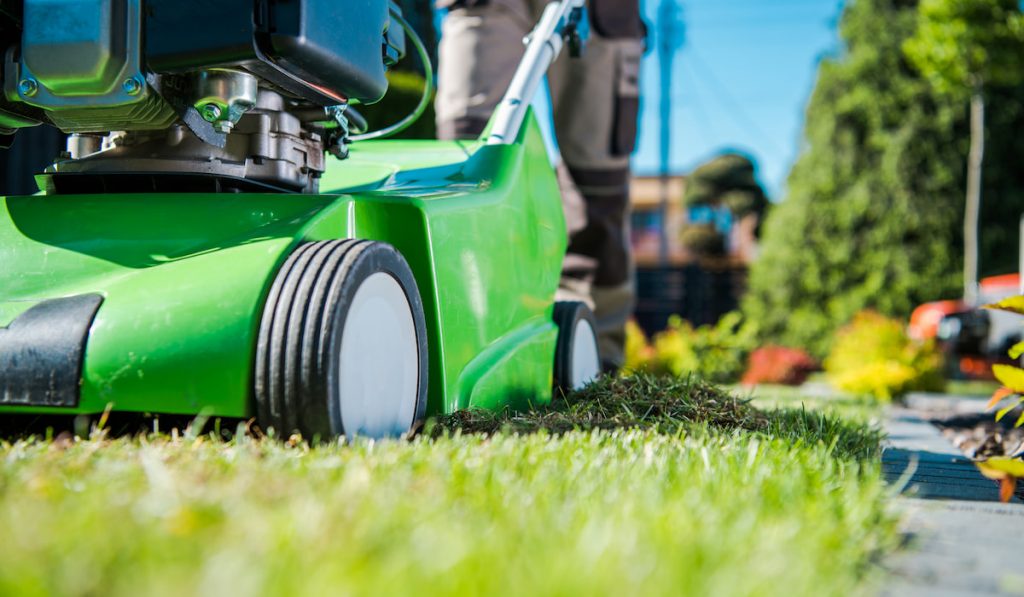
A good strong rake is ideal for small patches of dead grass, but what if you’re dealing with something bigger?
You may need to rent a dethatcher at your local equipment rental place. A dethatcher is a tool you push or pull across your lawn that attaches to a riding mower. It pulls up the grass super fast.
You’ll need to rake up all the dead grass it pulls, but it will save you a lot of time.
4. Hire the Job Out
I understand that there’s something enticing and gratifying about tackling yard problems by yourself. Having a nice yard that you’ve put the work into is a source of pride for a lot of homeowners.
Real smarts, though, are knowing when a problem is beyond you and that paying someone with the expertise will take care of the issue faster. After all, what’s your time worth at the end of the day?
If you’re overwhelmed by all of the dead grass, or you simply don’t have the time, think about hiring the job out. Get a good recommendation or find a company with a lot of good online reviews and let them take care of it.
5. Invest in an Outdoor Vacuum
Save yourself some trouble by purchasing an outdoor vacuum. A good rake will get the grass out, but it’s going to take hours if you try to clean it all up with a rake or by hand.
A high-power vacuum, designed for outdoor use, will make quick work of any grass scraps you’ve got lying around your yard.
6. Only Focus on the Top Layer
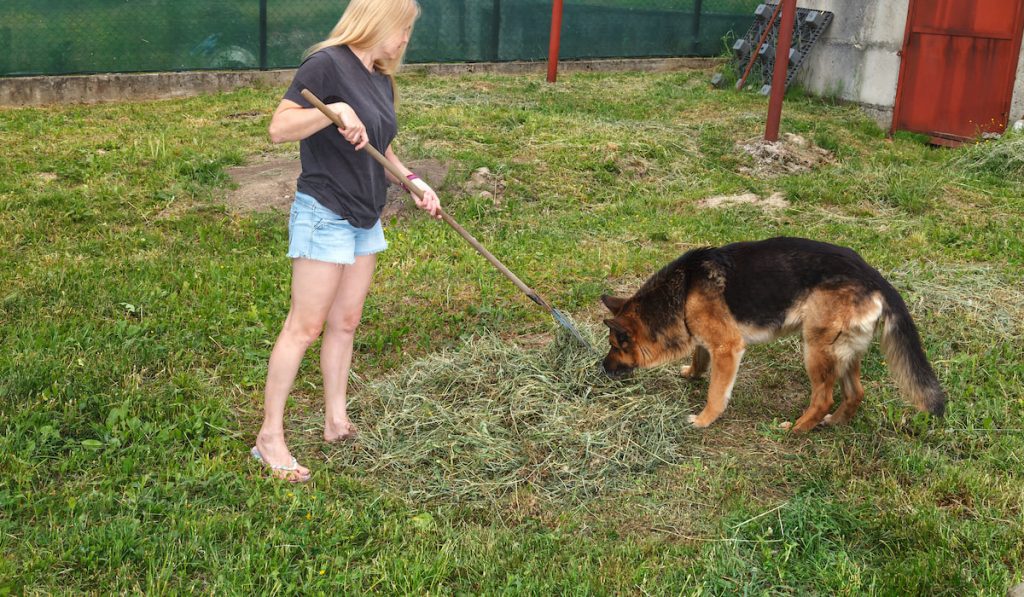
Do your best not to remove all of the healthy grass, and instead focus on getting rid of just the top layer of dead grass. There is likely some healthy seed still under that top layer that could come through once you’re done.
7. Know When to Call It Quits
Dealing with a small batch of dead grass with a rake or a vacuum is completely doable. It will take some time, but soon enough you can be rid of dead grass and reseed or put down sod that will look terrific.
However, there are times when you should throw in the towel and start all over from scratch.
Digging up your yard is usually the best option if over half of your yard is dead or there are simply patches with no grass. Then you can reseed or sod the entire lawn for a nice, uniform look.
8. Decide What to Do with Your Dead Grass
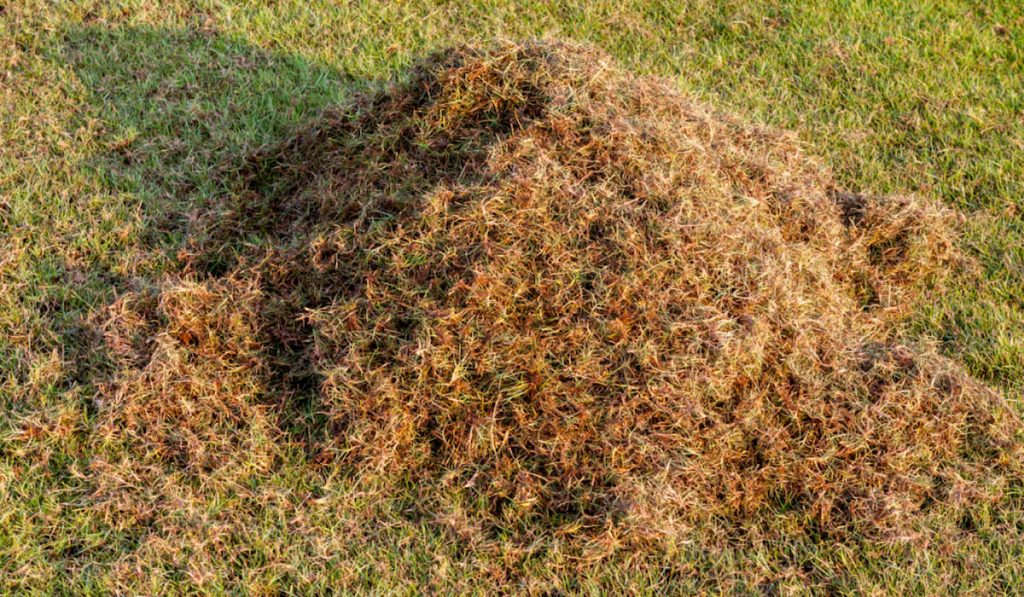
Once you’ve got all of that dead grass in a pile or inside of a vacuum bag, what should you do with it? Sure, you can toss it in the trash and let the trash company take care of it.
Dead grass, though, does pretty well in your compost pile if you’re gardening or want to use the compost as a grass fertilizer. You can also grind it up if you have the tools and make it into a nice mulch that you can spread across flower beds or around trees on your lawn.
9. Adopt a Long-Term View
The perfect lawn doesn’t exist. That’s one thing I learned fairly quickly after working so many hours in the yard fighting off weeds and removing dead grass. Not trying to sound too cheesy, but the work is what’s important.
Seeing your lawn progress and overcoming challenges like a dead lawn make that fresh, green grass every year totally worth it.

